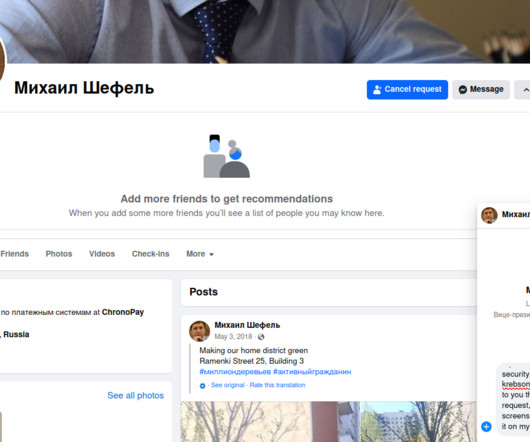Chinese LuckyMouse APT has been using a digitally signed network filtering driver in recent attacks
Security Affairs
SEPTEMBER 10, 2018
Security experts observed the LuckyMouse APT group using a digitally signed 32- and 64-bit network filtering driver NDISProxy in recent attacks. The APT group has been active since at least 2010, the crew targeted U.S. defense contractors and financial services firms worldwide. Pierluigi Paganini.














Let's personalize your content